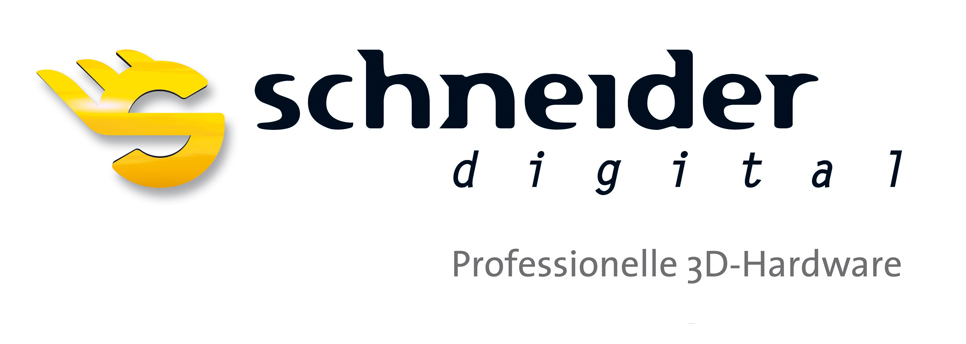Taming the Complexity of Artificial Manipulation and Sensing: The Role of Haptic Synergies and Mechatronics Center (RMC)
In this talk I will report on current research work considering the hand - in the broad meaning of the cognitive organ of active touch - in relation to its embodiment. The general idea is to study how the embodied characteristics of the human hand and its sensors, the sensorimotor transformations, and the very constraints they impose, affect and determine the learning and control strategies we use for such fundamental cognitive functions as exploring, grasping and manipulating. The ultimate goal is to learn from human data and hypotheses-driven simulations how to devise improved system architectures for the “hand” as a cognitive organ, and eventually how to better design and control robot hands and haptic interfaces. The described research hinges about the conceptual structure and the geometry of such enabling constraints, or synergies: correlations in redundant hand mobility (motor synergies), correlations in redundant cutaneous and kinaesthetic receptors readings (multi-cue integration), and overall sensorimotor system synergies. I will also hint at how these might turn into key ideas for advancing the state of the art in artificial systems for robotic manipulation and haptic and neuroprosthetic interfaces.











